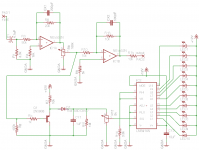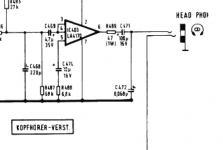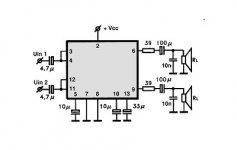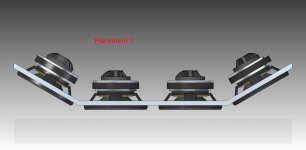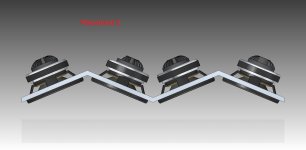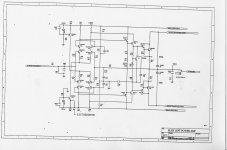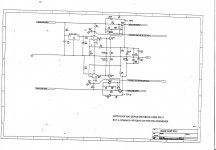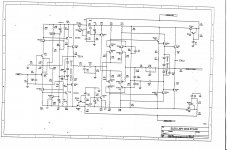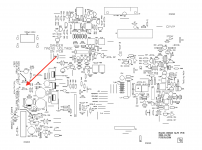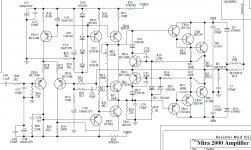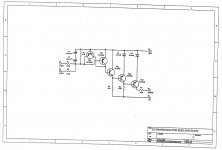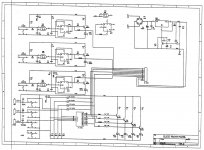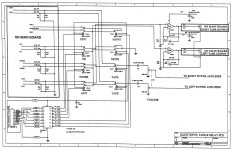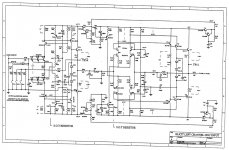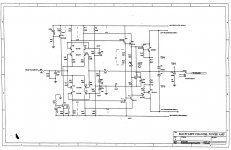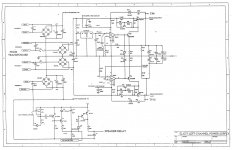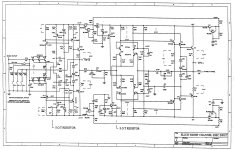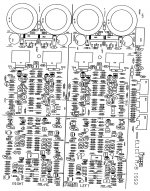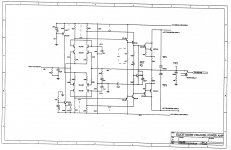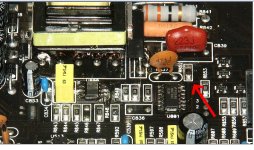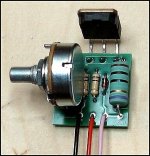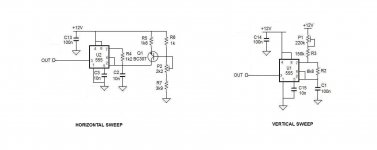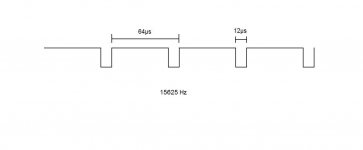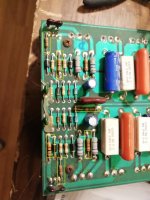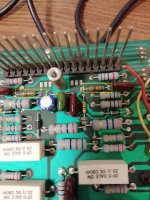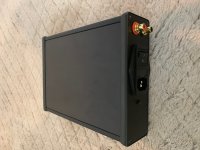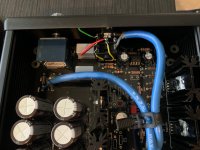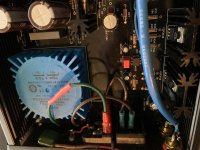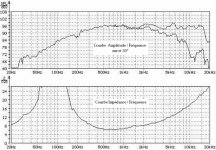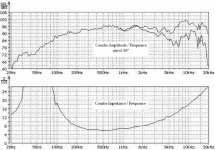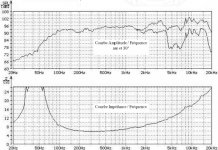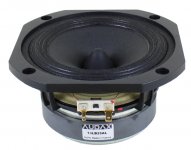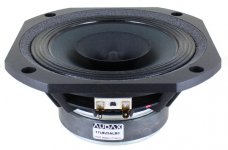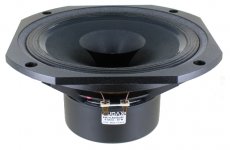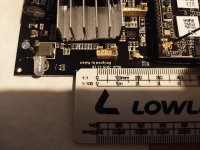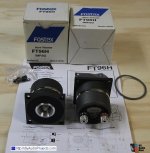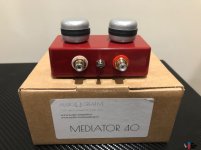Advice ordering 300 ohm sec. SE OPT for headphone amp
- By Windcrest77
- Tubes / Valves
- 16 Replies
I've been studying a lot of OTL headphone amp circuits but having a hard time accepting that big output capacitor. So I want to do something using an OPT. So I contacted Edcor about ordering OPTs from their XSE line but with a 300 ohm secondary to match my Sennheiser 650's.
EDCOR - XSE Series Output Transformers
Assuming you had a SE OPT transformer with a 300 ohm secondary to match your favorite headphones.... What amp would you build in front of it? I have some ideas but still deciding what primary impedance to get since Edcor asks that you buy a minimum of five units for a custom winding. Before I drop the dime I figured I'd find out what tubes and circuits people like for a transformer output headphone amp. Then decide which standard primary to get. Basically I'm letting the OPT and your kind suggestion dictate the path to take.
EDCOR - XSE Series Output Transformers
Assuming you had a SE OPT transformer with a 300 ohm secondary to match your favorite headphones.... What amp would you build in front of it? I have some ideas but still deciding what primary impedance to get since Edcor asks that you buy a minimum of five units for a custom winding. Before I drop the dime I figured I'd find out what tubes and circuits people like for a transformer output headphone amp. Then decide which standard primary to get. Basically I'm letting the OPT and your kind suggestion dictate the path to take.
